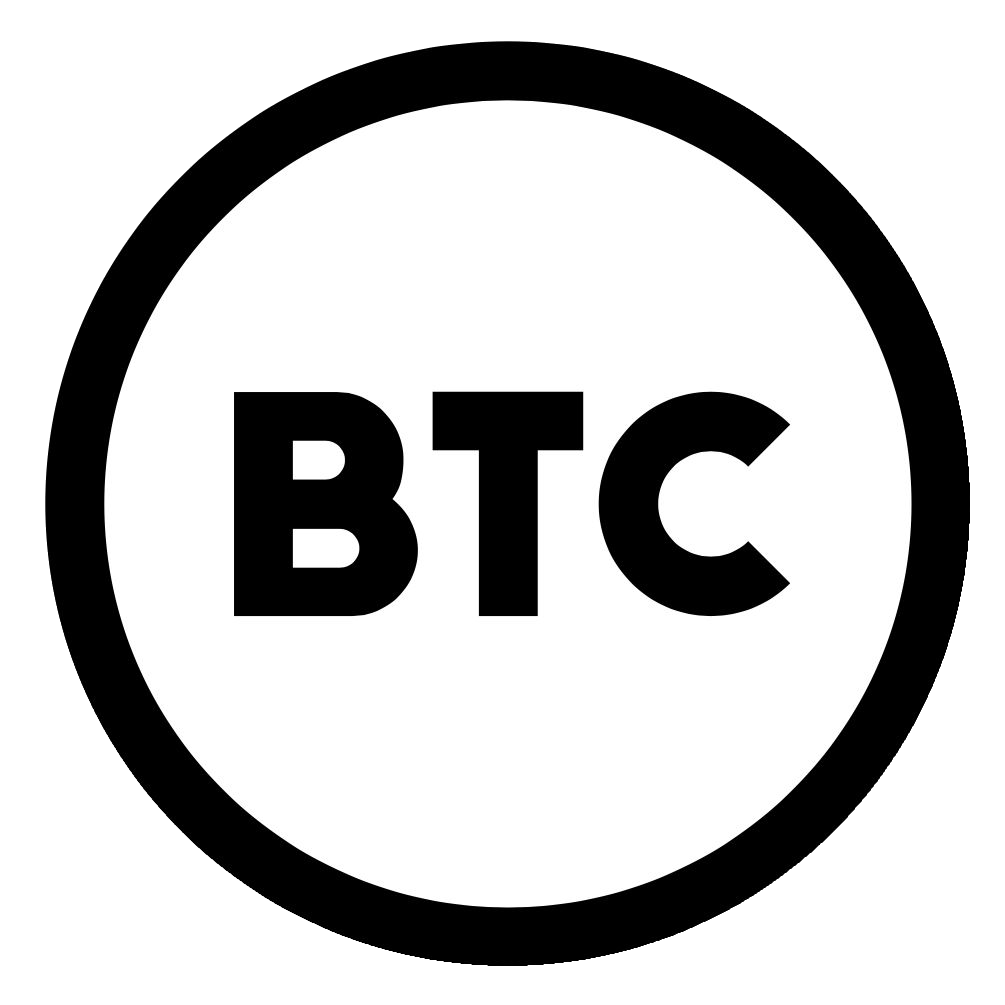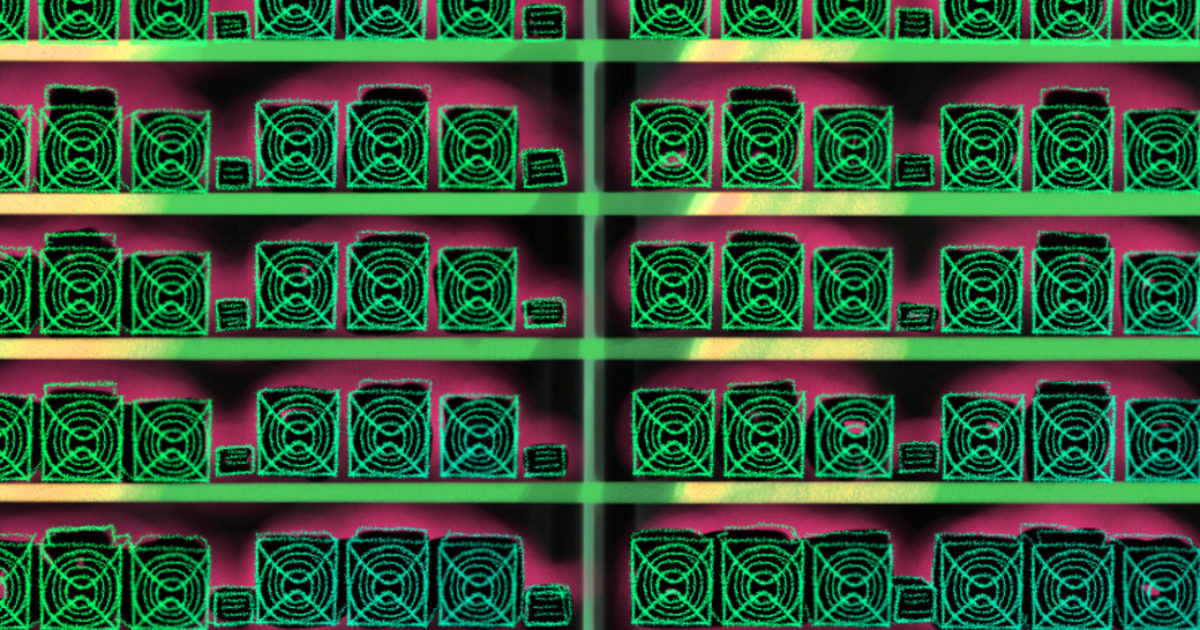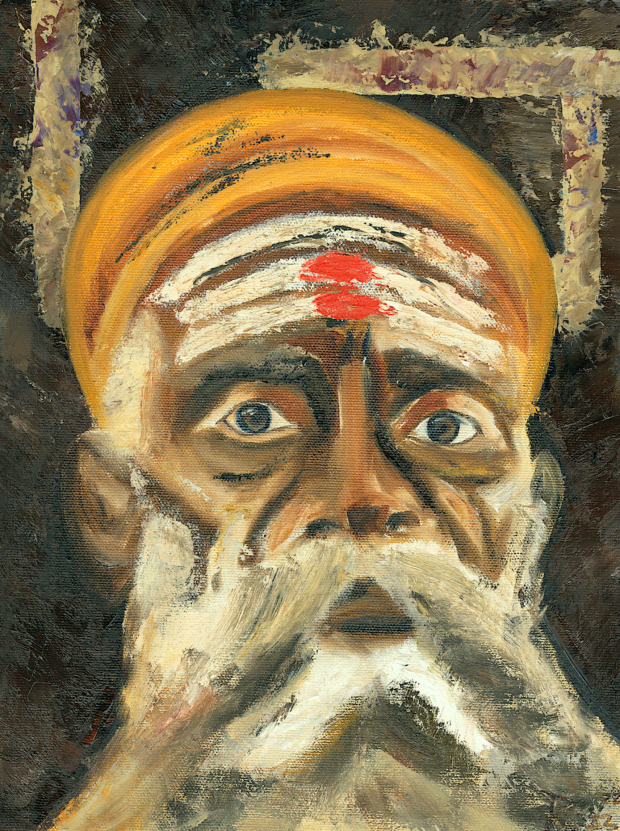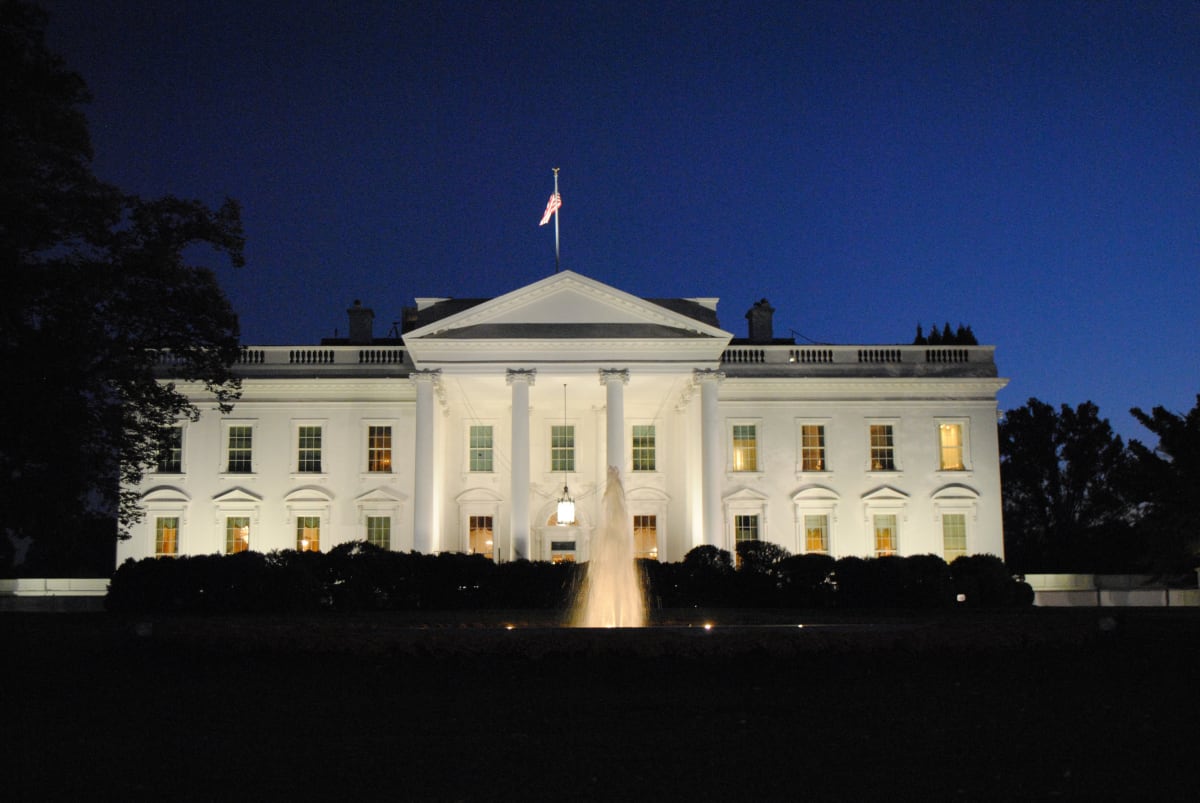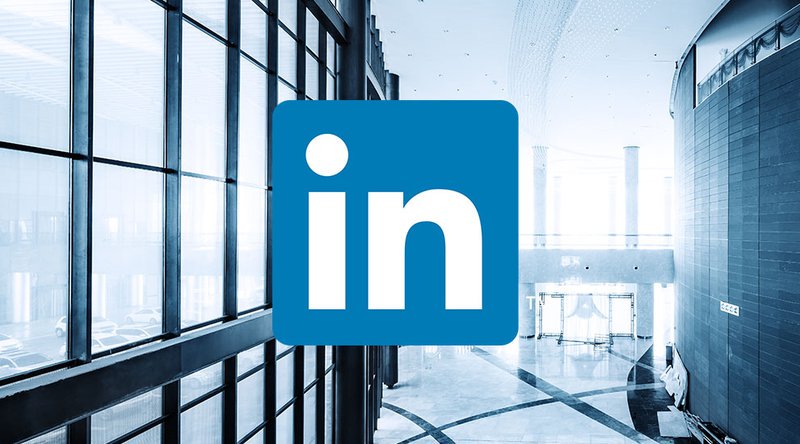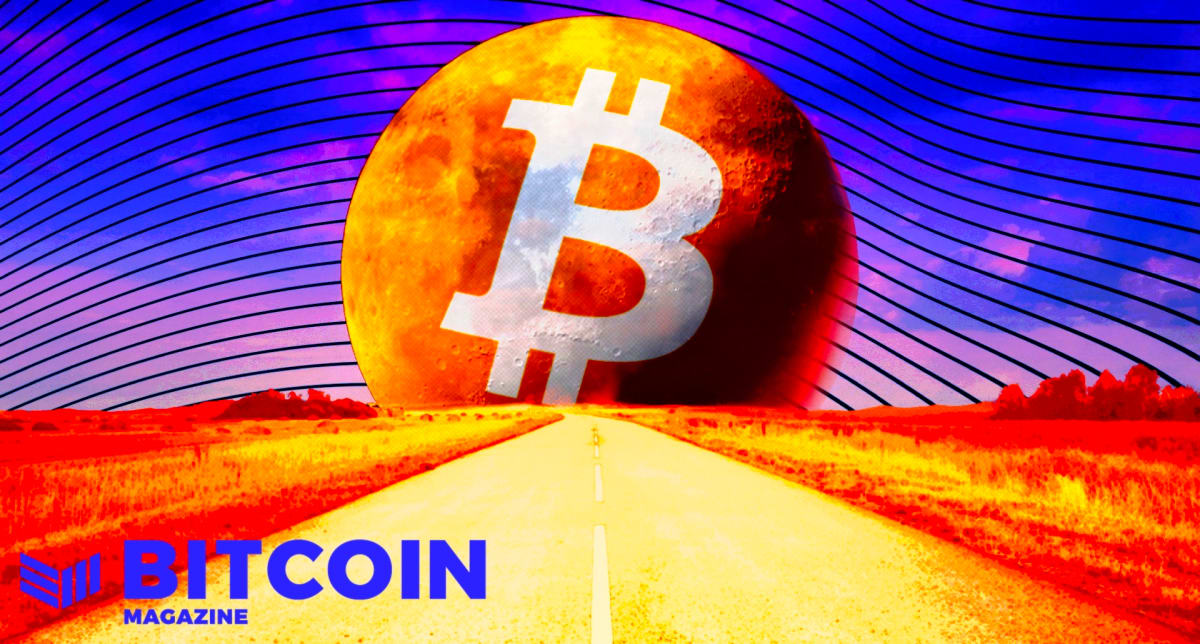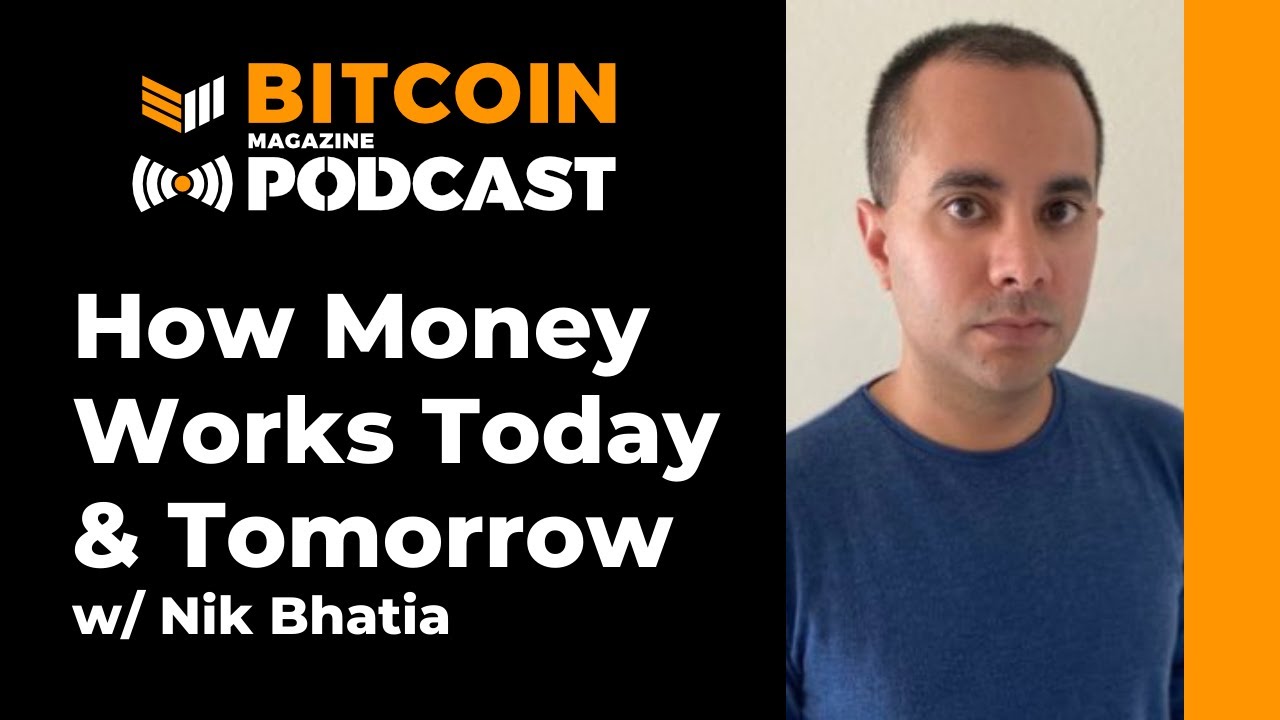Will A Fractional Reserve System Exist On A Bitcoin Standard?
The free banking era is the closest example of how banking might look on a bitcoin standard, but will credit and fractional reserves be part of that system?
This is a transcribed excerpt of the “Bitcoin Magazine Podcast,” hosted by P and Q. In this episode, they are joined by Eric Yakes to talk about the 7th property of money that Bitcoin introduced, fractional reserves on a bitcoin standard and what interesting Bitcoin projects are happening in the space right now.
Watch This Episode On YouTube Or Rumble
Listen To The Episode Here:
- Apple
- Spotify
- Libsyn
Eric Yakes: I’ve been spending a lot of time since the summer just reading news to know how I think Bitcoin “banking systems” will build out.
I actually released a research piece and there’s a lot of discussion. It was back in July that I started digging into this research. A lot of people put together “Here’s how Bitcoin works,” “Here’s title implications,” all that. There’s much information out there around. How is this ecosystem actually going to get built? Bitcoin can’t do anything.
Bitcoin can be a bearer for everything, but in terms of all that functionality, we need an entire financial system that’s going to reemerge in this area. I think that’s gonna be very fundamentally different from what we’re familiar with historically.
I was researching the practical side of it and being like, “Ok, what company is this? How do they function? How does the Lightning Network work? How is that gonna create different financial markets that exist on top of Bitcoin?” When I was getting into that and I was picking around on Twitter and seeing what people are saying, there were a lot of debates around just the general theory of what does credit look like on Bitcoin? Will it even exist? If it exists, what will it look like? Will there be fractional reserves? All these different types of things, and I think there was a piece Nic Carter released this summer, and then Stephan Livera had a response to it. They’re more higher-level discussions around credit than a lot of the public forum that was happening. People didn’t have a very complete understanding. What I released in September was a discussion of that and saying, “Here’s what I think a full reserve system could look like, and here’s what I think a fractional reserve system could also look like.”
To caveat that, when I say fractional reserve, there’s ways that ultimately exists; it’s within the banking model, which is something that, historically, we have [few] examples of because governments control institutions, but this concept of free banking is something where we do have observations and we do have periods of history where we can say, “Ok, there was a system where the government didn’t heavily rely on currency issuance, and that actually just all happened through banks. Those banks decided how much gold they wanted to keep in reserve. Then they lent beyond those amounts and some failed.
In my book, I talk about systems where eventually we had a central bank and that creates this incentive for credit to continually expand until eventually the entire system crumbles. But when you look at free banking systems, rather than issue gold to everybody, a big innovation was to issue paper receipts on top because they’re much easier to trade. So they’re much more fit for transactions. Then once you start issuing paper beyond the amount that you have in reserves, that’s when you would call it fiduciary media.
You’re now expanding the money supply; you don’t just have one-to-one backing for every paper receipt that you issue. It was interesting when you look at some of these systems that were generally free and weren’t heavily regulated, even if there wasn’t a central bank or anything. The U.S. is a good example of an overly regulated system. There were all these laws that were still enforcing all these perverse incentives within the U.S. free-banking system. So bond collateral laws were one of the big ones. We had all these banks that were within various states and there was no central bank in the U.S. for about a century, maybe a bit longer. Different states had separate regulations and we had banks within those who were all issuing their own notes. These states heavily regulated that and forced these bond collateral laws on top of banks where they’d say, “If you guys wanna issue fiduciary media in this state then you have to use our bonds as your collateral, and therefore the collateral got all fucked up.
There were issues that happened with wars going on and things like that, but that system did not function well and there were a ton of problems that emerged from that system. What’s largely not looked at — one of the systems that actually functioned pretty well — was a Scottish free-banking system. That was in the 18th and 19th century; that was for a period of about a century. It wasn’t perfect and there were regulations that were existing on top of it. We saw a pretty well-functioning system for nearly a century. It was only during the Napoleonic Wars that it really had issues. When you’re in a banking system, and there’s a war and all the governments around the world start printing and they start removing their gold standards, that makes it very hard for you to ultimately run a functioning banking system when you have to compete at an international level with something that is freely printing currency.
The point is that with this banking system, things actually function pretty well. That was under a fractional reserve and if you allow it to function in a market, there’s natural limits that are imposed on the market on how much of that “fiduciary media” (aka credit) is extended through these banks.
If you allow the market to say, if there’s a hundred banks that exist in an economy and one of them gets too crazy and it ultimately fails and there is no bailout, then these systems function very differently than the hazard that we have that exists within our current system. The banks will act under the assumption that they can fail. Without getting into all the nitty gritty details, that’s the theory where people need to understand that fractional reserve, while being a bad thing, is not necessarily the devil. There are situations where it’s left up to free enterprise that it’s actually functioned decently well.
Then more of an ethical argument of whether you should be allowed to do that in the first place. Are you allowed to make a promise to people that they can redeem their notes one to one with you while you’re actually printing more notes than the amount of reserves that you have? Austrians will get into the ethics of the debate. It’s important to have those conversations, but what I focus more on is what we will see. What we do see is that throughout history, we’ve never had any sort of persistent full reserve that’s ever emerged. We’ve had banks and large institution groups that have been relegated to being like a full reserve, where they’re just a custodian who is providing transaction services, but they’re not providing any services with notes. We’ve seen that in history, but there’s never been a full reserve system in history. That is one: The expectation that’ll emerge on Bitcoin is an exception to history. There’s been two later, but there’s plenty of arguments to why that will emerge on Bitcoin.
I go into some of the trade-offs between how I see these things emerging and how ultimately we’re likely to probably see both emerge. I’m still digging and researching that. When you look at the problems that Bitcoin solves and then Lightning Network and Bitcoin enabled by on-chain asset issuance I see the ability for being economically viable, full reserve institutions emerge at scale to be a probable event. It doesn’t mean that there won’t be any sort of fractional reserve, but when you look at all these different efficiencies within the system, how quick, how much information and transparency we now have that was never had before in banking, there’s a possibility of full reserves.
I’m digging into a lot of areas around that and the news that is relevant to that is Taro that was announced back in March this year. They recently deployed their testnet. I think that’ll be a big step for asset issuance in Bitcoin.

